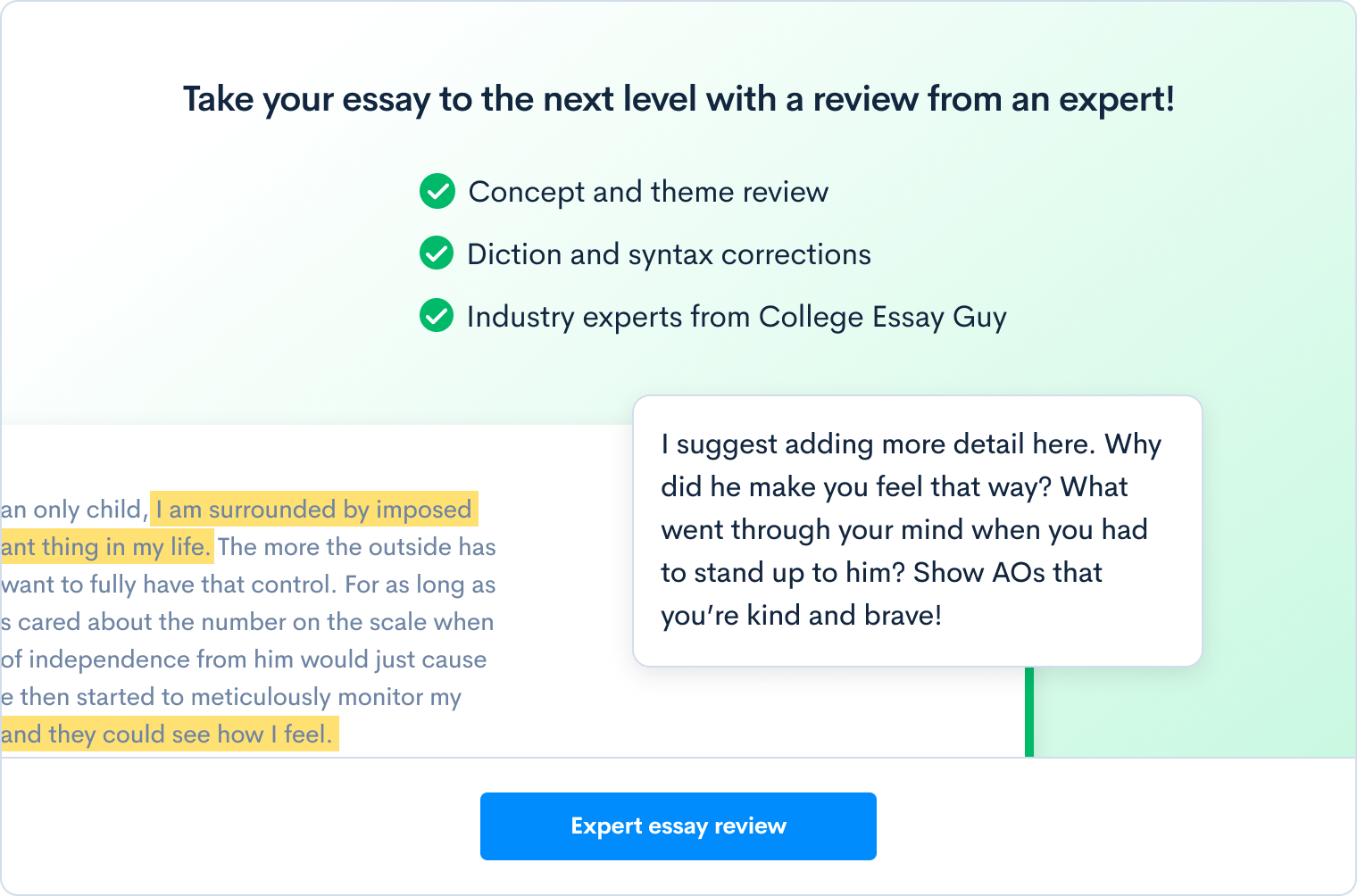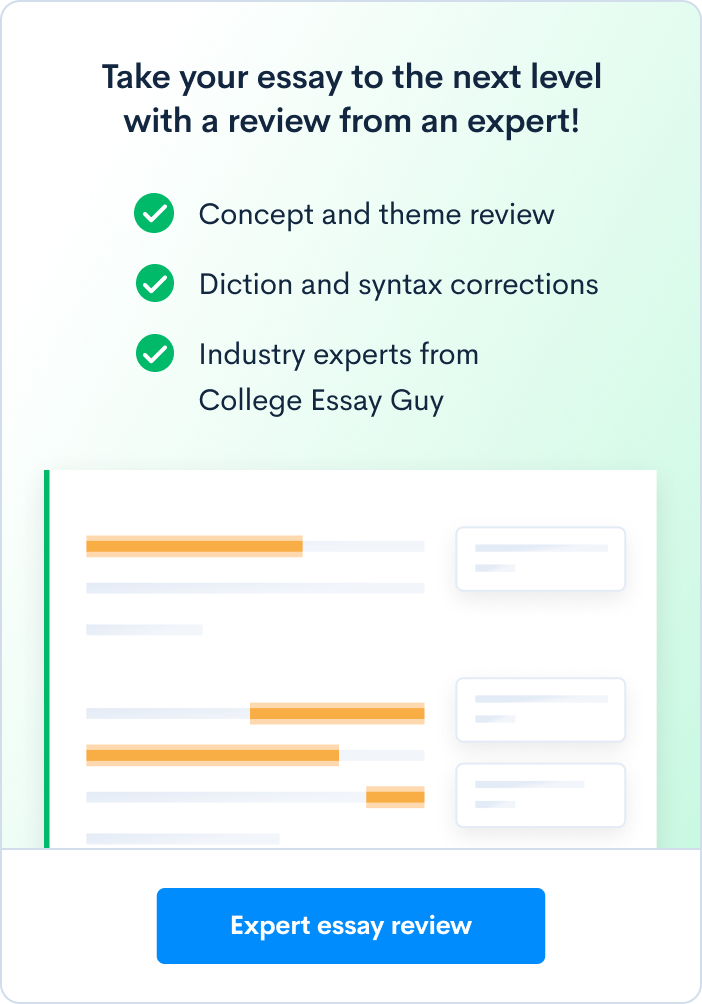Ultimate Guide to the AP English Language and Composition Exam
The AP Language and Composition exam is one of the most popular exams taken year after year. In fact, in 2019, over 10% of the more than five million students who took AP exams took the Language and Composition test. AP Lang is most often taken by high school juniors, many of whom go on to take the AP English Literature exam their senior year. Plenty of seniors and even sophomores take this test too though, contributing to its popularity. If you’re planning to take the AP Language and Composition exam, whether you have taken the class or self-studied, look no further. Here’s our complete guide to the AP Lang exam, full of expert tips and free study resources. On Wednesday, May 6, at 8 am, the College Board will hold the 2020 AP Language and Composition exam. For a comprehensive listing of all the AP exam times and AP score distributions from 2019, check out our post 2020 AP Exam Schedule: Everything You Need to Know. The AP Language and Composition exam is based primarily on the study of rhetoric, wherein an author attempts to persuade, inform, or motivate an audience using established techniques. The College Board encourages students who are interested in studying and writing various kinds of analytic or persuasive essays on nonliterary topics to take this course. It tests students on their reading comprehension, rhetorical analysis, synthesis of information, and written argumentation. Big Ideas: The AP Language and Composition exam is built on a foundation of four big ideas. Big ideas are threads that run throughout the AP Language and Composition course that are vital for making connections and developing a deeper understanding of concepts found within it. The four big ideas are: Course Skills: Along with exploring and connecting concepts with big ideas, students will develop eight course skills—four sets of two paired reading and writing skills—necessary for analyzing and composing arguments. The course skills and the weight they’re given on the multiple-choice section of the AP Language and Composition exam are: of an argument. About the AP Language and Composition Exam Content The Language and Composition exam is one of the longer AP exams, clocking in at 3 hours and 15 minutes from start to finish. The Language and Composition exam is structured in two sections—one featuring multiple-choice, the other free-response questions. Section 1: Multiple Choice 1 hour | 45 questions | 45% of score There have been some changes to the AP Language and Composition Exam for 2020. The first section remains one hour long and is still worth 45% of your score, but the number of questions has shrunk from 52-55 to 45. The variance in types of questions asked is also now more clearly defined—questions are now presented in 5 sets with 23-25 reading questions (reading and analyzing nonfiction texts) and 20-22 writing questions (“read like a writer” and consider revisions to stimulus texts), both of which will use shorter stimuli than previous exams. Below is the structure of the multiple-choice section of the AP Language and Composition exam. Sample of a multiple-choice reading question: Sample multiple-choice writing question: Section 2: Free Response 2 hour 15 minutes | 3 questions | 55% of score The second section takes 2 hours and 15 minutes to complete and consists of 3 free response questions worth 55% of your score. These prompts are each of a different type: one synthesis question, one passage analysis, and one argumentative essay. Synthesis Question: The synthesis question asks students to consider a scenario and then formulate a response to a specific element of it using at least three accompanying sources for support. Sources used in the essay need to be cited to be considered legitimate. Sample synthesis free response question: Analysis Question: The analysis question asks students to read a short passage and analyze and discuss various devices used by the author, such as strategies, argumentative techniques, or motivations. Sample analysis free response question: Argument Question: The argument question gives a position in the form of an assertion from a documented source and asks students to form their own argument to defend, challenge, or qualify it using supporting evidence. Sample argument free response question: The format of the free response section is unchanged this year; however, the scoring has shifted from a holistic rubric to an analytic rubric. The new rubric hasn’t been released, but you can gain insight into what type of answers the College Board is looking for by reading the sample free response questions found in the AP Language and Composition Course and Exam Description. In 2019, 54.3% of the students who took the AP English Language and Composition exam received a score of 3 or higher. Only 9.9% of students who took the exam achieved the top score of 5, and 14.5% of students who took the exam scored a 1. That said, students take the course seriously and prepare diligently will often find that the test is not as difficult as the results indicate. If you’re curious about other score distributions, see our post Easiest and Hardest AP Exams. Take a practice test to assess your initial knowledge. Though the College Board AP Language and Composition website provides a number of sample test questions, it does not provide a complete sample test. You can find a practice test in many of the official study guides, and some even include a diagnostic test to act as your initial assessment. Varsity Tutors offers a handful of free AP Language and Composition diagnostic tests on its website. You’ll also find a free practice exam from College Countdown to use for your assessment. Once you have taken some kind of formative assessment, score it to identify your areas of strength and areas in need of improvement. It can be helpful to have a teacher or friend score your free-response essays, as these are a bit more subjective than the multiple-choice section. With an accurate formative assessment, you’ll have a better idea of where to focus your studying efforts. In the case of AP English Language and Composition, this means focusing on your reading and writing skills. When reading, make sure to preview important elements such as the title, author’s name, and any other information available like the table of contents or introduction. As you read, make sure to stop periodically to consider the main ideas and the way the author supports them. Underline important evidence as you go. Reread complex or important sentences. One consultant to the College Board writes about the “SOAPSTone” approach to reading, which is an acronym for a series of questions that students should ask themselves when analyzing a piece of prose. The questions are: For more about using this technique, read about it on the College Board website. Writing high-quality free-response essays takes practice and time. Make sure to organize your ideas using a rough outline before you begin writing. Use direct evidence from the text to support your ideas, and quote judiciously with correct citations. As you’re writing, be aware of rhetorical elements and use them effectively. For more specific information about the test, consider using a formal study guide, such as Barron’s AP English Language and Composition, 7th Edition or the Princeton Review’s Cracking the AP English Language & Composition Exam 2020, Premium Edition. Alternatively, there are many online study resources available. Some AP teachers have even published their own study guides or review sheets online, like this AP Lang guide by Mrs. Smith at Pinnacle High School. Another way to study is to use one of the recently-developed apps for AP exams. These are a great way to get practice questions in while on-the-go. Make sure you read reviews before choosing one, as their quality varies widely. This AP Lang app by Varsity Tutors has decent reviews, and might be worth checking out. Once you have your theory down, test it out by practicing multiple-choice questions. You can find these in most study guides or through online searches. Here are some AP Lang practice questions and tests, and more are available in the College Board’s course description. Try to keep track of which areas are still tripping you up, and go back over this theory again. Keep in mind, the key to answering questions correctly is understanding the passage, so practice active reading skills as you tackle the multiple-choice questions. This includes underlining, mouthing words, and circling key points. Remember, the answer will always be found in the text. As indicated on your exam, it is recommended that you spend 15 minutes reading the question, analyzing, and evaluating the sources, and 40 minutes writing your response. Try to stick to this timeline when practicing your free-response essays to see if it works for you. You do not have to follow it on exam day, but having a good idea of how much time it typically takes for you to plan and write will be an advantage. As you tackle your open responses, identify what each is asking you to do. When asked to synthesize, you know you will be taking pieces of evidence from multiple sources to form a single argument. Use specific examples and make them stand out by explicitly stating, “For example…” or “As Source C indicates in paragraph 3…” Also, be sure to cite your sources appropriately while writing. When writing an analysis of rhetorical strategies used, first consider the elements of SOAPSTone as discussed above. Also consider the five canons of rhetoric. This means thinking about the author’s invention, arrangement, and style. Memory and delivery are obviously less apparent in written pieces, but their roles in a speech are still important. As you read, try to underline specific places that highlight relevant examples. Finally, when writing your own persuasive argument, support your ideas with concrete examples from current events, literature, etc. Try to vary your sources to build credibility and address counterpoints to craft an even stronger response. As you prepare for the writing portion of your exam, be sure to review how your free responses will be scored. The College Board supplies free response questions and authentic scored student responses with written explanations dating back to 1999; these are an invaluable tool for this exercise. Take another practice test to evaluate the progression of your knowledge, as well as identify persistent areas of weakness. Study.com offers a free online practice AP Language and Composition exam. Over time, you should begin to notice areas in which your studying should be increased and those which you are strong in. Repeat the above steps if time permits to incrementally increase your score. If you’re taking the AP course associated with this exam, your teacher will walk you through how to register. If you’re self-studying, check out our blog post How to Self-Register for AP Exams. For information about what to bring to the exam, see our post What Should I Bring to My AP Exam (And What Should I Definitely Leave at Home)? Want access to expert college guidance — for free? When you create your free CollegeVine account, you will find out your real admissions chances, build a best-fit school list, learn how to improve your profile, and get your questions answered by experts and peers—all for free. Sign up for your CollegeVine account today to get a boost on your college journey. For more guidance about the AP exams, check out these other informative articles:
When is the AP Language and Composition Exam?
About the AP Language and Composition Exam
Course Skill
Description
Percentage of Exam Score (Multiple-Choice Section)
Rhetorical Situation – Reading
Explain how writers’ choices reflect the components of the rhetorical situation.
11%-14%
Rhetorical Situation – Writing
Make strategic choices in a text to address a rhetorical situation.
11%-14%
Claims and Evidence – Reading
Identify and describe the claims and evidence of an argument.
13%-16%
Claims and Evidence – Writing
Analyze and select evidence to develop and refine a claim.
11%-14%
Reasoning and Organization – Reading
Describe the reasoning, organization, and development of an argument.
13%-16%
Reasoning and Organization – Writing
Use organization and commentary to illuminate the line of reasoning in an argument.
11%-14%
Style – Reading
Explain how writers’ stylistic choices contribute to the purpose
11%-14%
Style – Writing
Select words and use elements of composition to advance an argument.
11%-14%
Set
Questions Per Set
Skill Tested
1
11-14
Reading Skills
2
11-14
Reading Skills
3
7-9
Writing Skills
4
7-9
Writing Skills
5
4-6
Writing Skills
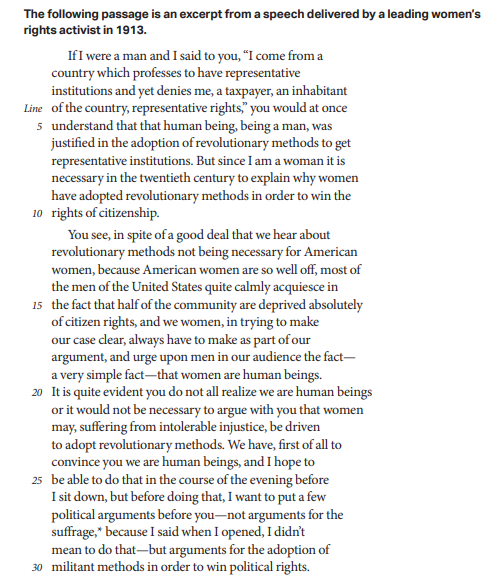
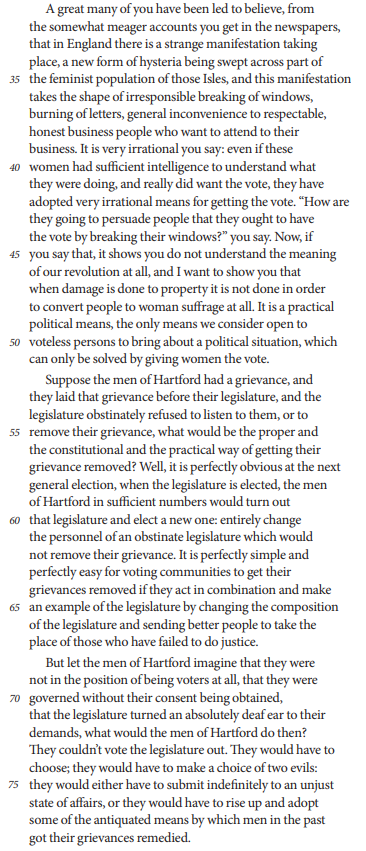
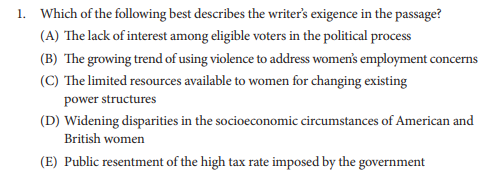
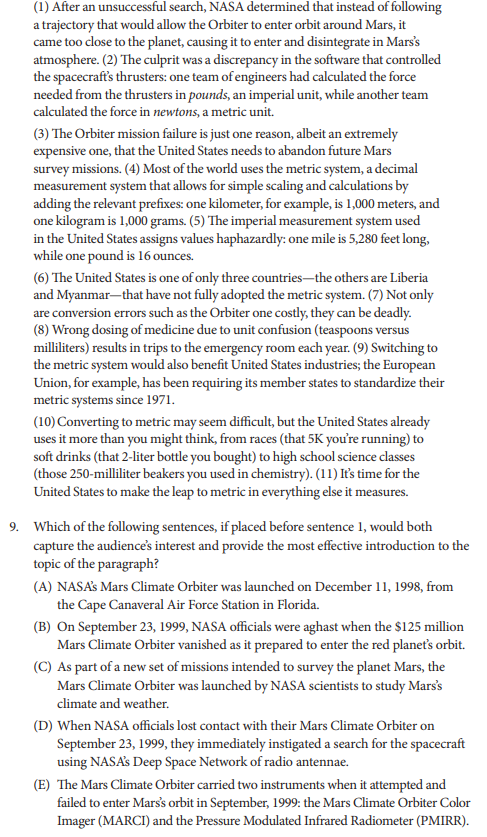
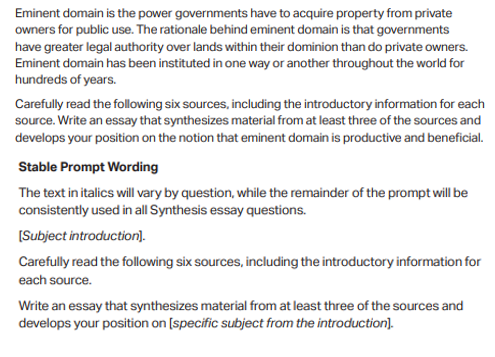
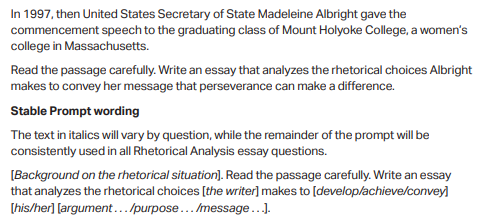
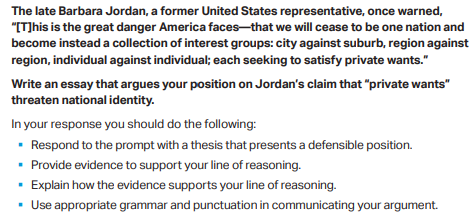
AP Language and Composition Score Distribution, Average Score, and Passing Rate
Exam
5
4
3
2
1
AP Language and Composition
9.9%
18.2%
26.2%
31.2%
14.5%
Best Ways to Study for the AP Language and Composition Exam
Step 1: Assess Your Skills
Step 2: Know Your Material
Step 3: Practice Multiple-Choice Questions
Step 4: Practice Free-Response Essays
Step 5: Take Another Practice Test
Step 6: Exam Day Specifics
